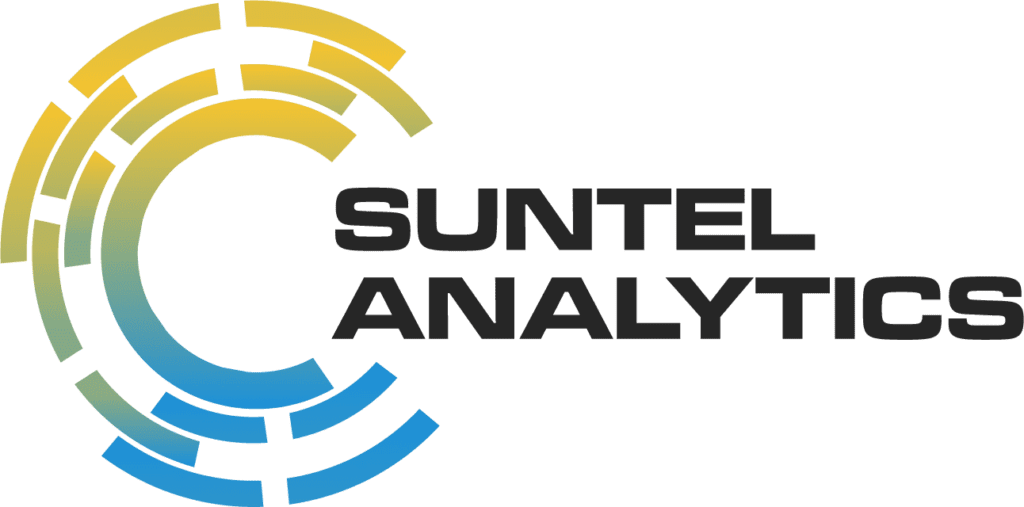Executive protection is the process of ensuring the safety and security of high-profile individuals, including executives, politicians, celebrities, and other public figures. This process involves a range of measures, including threat assessments, security planning, and close protection. However, to effectively protect individuals, it is important to understand the risks involved and anticipate potential threats before they occur. This is where risk intelligence comes into play.
Risk intelligence is the ability to identify and analyze potential risks and threats to an organization or individual. This intelligence allows security professionals to make informed decisions about security measures and procedures. In the context of executive protection, risk intelligence is crucial for ensuring the safety of high-profile individuals.
In this article, we will explore how risk intelligence compliments and supports executive protection and why it is essential for security professionals to have a thorough understanding of risk intelligence.
The Importance of Risk Intelligence in Executive Protection
Executive protection is a critical aspect of security for high-profile individuals, including executives, politicians, celebrities, and other public figures. It involves managing risks beyond physical security and ensuring the safety of clients from a range of potential threats, including cyber attacks, espionage, and reputational damage. This is where risk intelligence comes into play.
Risk intelligence involves analyzing data from a range of sources, including social media, news outlets, and other open-source intelligence, to identify potential threats and anticipate risks before they occur. By leveraging this information, security professionals can develop comprehensive strategies to mitigate risks and ensure the safety of their clients.
In today’s digital age, social media has become a powerful tool for communication and information sharing. However, it has also become a platform for potential threats to high-profile individuals. For example, social media can be used to spread false information or to launch online harassment or stalking campaigns. By monitoring social media accounts and identifying potential threats, security professionals can take proactive steps to protect their clients and prevent potential incidents from occurring.
Moreover, risk intelligence can help security professionals identify potential threats from political groups, terrorist organizations, and other criminal elements. By analyzing data from a range of sources, including news outlets, government reports, and other open-source intelligence, security professionals can identify potential threats and develop strategies to mitigate risks and ensure the safety of their clients.
For example, risk intelligence can help security professionals identify potential risks associated with travel to certain areas of the world. By analyzing data on political stability, crime rates, and other factors, security professionals can identify potential threats and develop strategies to mitigate these risks. This may include rescheduling travel or changing travel plans to safer locations.
Reputational damage is another potential risk faced by high-profile individuals. In today’s digital age, negative information can spread quickly and cause significant harm to a person’s reputation. By leveraging risk intelligence, security professionals can identify potential reputational risks and develop strategies to mitigate these risks. This may include monitoring online activity and taking steps to prevent negative information from spreading.
Overall, risk intelligence is an essential tool for executive protection professionals. By leveraging data analytics and other advanced technologies, security professionals can stay ahead of potential risks and protect their clients from harm. It is important for security professionals to stay up-to-date with the latest developments in risk intelligence and continue to develop strategies to mitigate potential threats. This may involve partnering with experts in risk management and intelligence analysis, as well as investing in advanced technologies and training programs.

Executive protection is about more than physical security. It involves managing risks and ensuring the safety of high-profile individuals from a range of potential threats. Risk intelligence is an essential tool for identifying and mitigating these risks. By analyzing data from various sources, security professionals can anticipate potential threats and develop effective strategies to ensure the safety of their clients.
The Role of Risk Intelligence in Security Planning
In today’s world, high-profile individuals, including executives, politicians, and celebrities, face a range of potential security risks. These risks may include physical attacks, cyber attacks, and reputational damage, among others. To ensure the safety of their clients, security professionals rely on risk intelligence in security planning.
Risk intelligence involves analyzing data from various sources, including social media, news outlets, and other open-source intelligence, to identify potential risks and anticipate threats before they occur. By leveraging this information, security professionals can develop comprehensive security strategies to mitigate risks and ensure the safety of their clients.
For example, risk intelligence can help security professionals identify potential threats from political groups or terrorist organizations. By analyzing data on these groups, including their tactics, locations, and other relevant information, security professionals can develop strategies to mitigate the risk of a potential attack. This may involve implementing additional security measures, such as increasing the number of security personnel or implementing additional access controls.
Similarly, risk intelligence can help security professionals identify potential cyber threats, such as phishing attacks or malware. By analyzing data from various sources, including social media and other online platforms, security professionals can identify potential threats and develop strategies to prevent cyber attacks and protect their clients’ data. This may involve implementing cybersecurity measures, such as firewalls, antivirus software, and other technologies.
Reputational damage is another potential risk faced by high-profile individuals. By leveraging risk intelligence, security professionals can identify potential reputational risks and develop strategies to mitigate these risks. This may involve monitoring social media and other online platforms for negative information and taking steps to prevent negative information from spreading.
Overall, risk intelligence plays a critical role in security planning for high-profile individuals. By analyzing data from various sources and developing comprehensive security strategies, security professionals can mitigate potential risks and ensure the safety of their clients. It is important for security professionals to stay up-to-date with the latest developments in risk intelligence and continue to develop effective strategies to address potential risks.
In conclusion, security planning for high-profile individuals involves identifying potential risks and developing strategies to mitigate those risks. Risk intelligence plays a critical role in this process, by providing security professionals with the data and insights needed to anticipate potential threats and develop effective security strategies. By analyzing data from various sources, security professionals can develop comprehensive security strategies to mitigate risks and ensure the safety of their clients.
Risk intelligence is essential for ensuring the safety and security of high-profile individuals. By analyzing data from a range of sources, security professionals can identify potential threats and develop strategies to mitigate risks and ensure the safety of their clients. This includes identifying potential threats, developing security protocols, and implementing security measures to protect clients.
In the context of executive protection, risk intelligence plays a crucial role in security planning and ensuring the safety of high-profile individuals. As such, it is essential for security professionals to have a thorough understanding of risk intelligence and its importance in executive protection.




